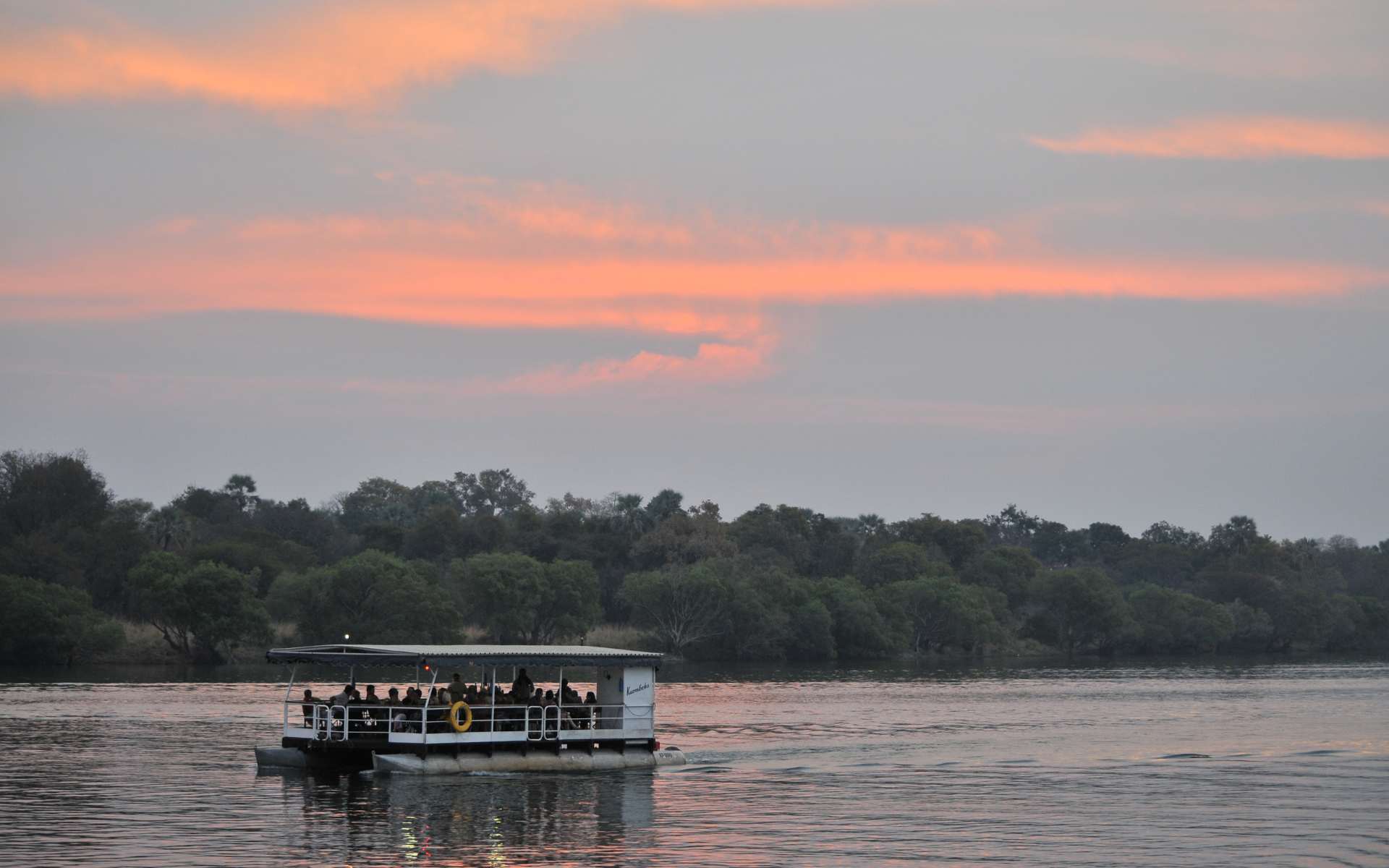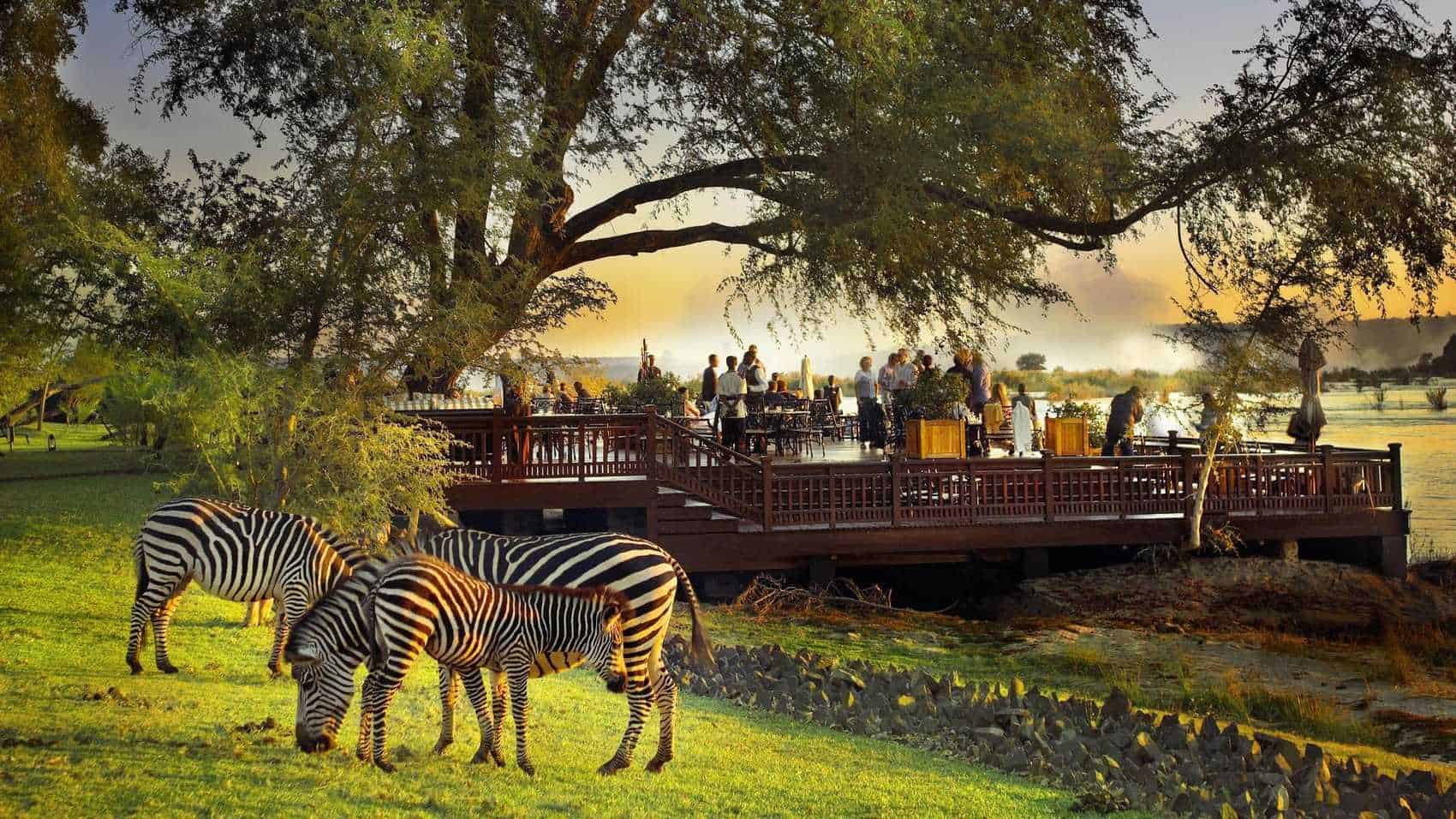January falls in the heart of the summer wet season, a period locally known as the “Emerald Season”. While it’s not the best time to visit Zambia for a traditional Zambia wildlife safari, the landscape undergoes a breathtaking transformation into a lush, verdant paradise.
This is a quiet, exclusive time for the seasoned traveller who appreciates dramatic skies and vibrant scenery over high mammal density.
The “Valley” (South Luangwa) and the “Plains” (Kafue) become largely inaccessible by vehicle as the cotton-soil tracks turn to mud. However, select lodges remain open, offering unique boat safaris on the swollen rivers.
This is the peak of the “secret” safari season: birdlife is at its most spectacular with migratory species in full breeding plumage, and the air is crisp and dust-free, perfect for high-end photography.
Weather in January

When on a safari in Zambia during January, you can expect hot and humid conditions, with temperatures reaching a high of 27 °C/81 °F. This is accompanied by thunderstorms, so it’s best to pack a rain jacket for your Zambia holiday.
Average Weather in January
| Temperature | Celsius | Fahrenheit | Rainfall |
| Min | 18℃ | 64℉ | 8 inches |
| Max | 27℃ | 81℉ | 13 inches |
National Park to Visit in Zambia During January
Mosi-oa-Tunya National Park
Mosi-oa-Tunya National Park is famous for its two-part locations: Victoria Falls World Heritage Site and the Mosi-oa-Tunya Game Park.
When visiting this location, you can expect to see unique game life since it’s home to Zambia’s only white rhinos, who remain under 24-hour armed guard protection.
A few lodges stay open to offer water-based safaris where you can watch elephants swimming and buffaloes grazing on the emerald islands
Activities to Do in Zambia in January
- Birdwatching safaris
- Photographic safaris
- Victoria Falls tours
- Boat safaris
























